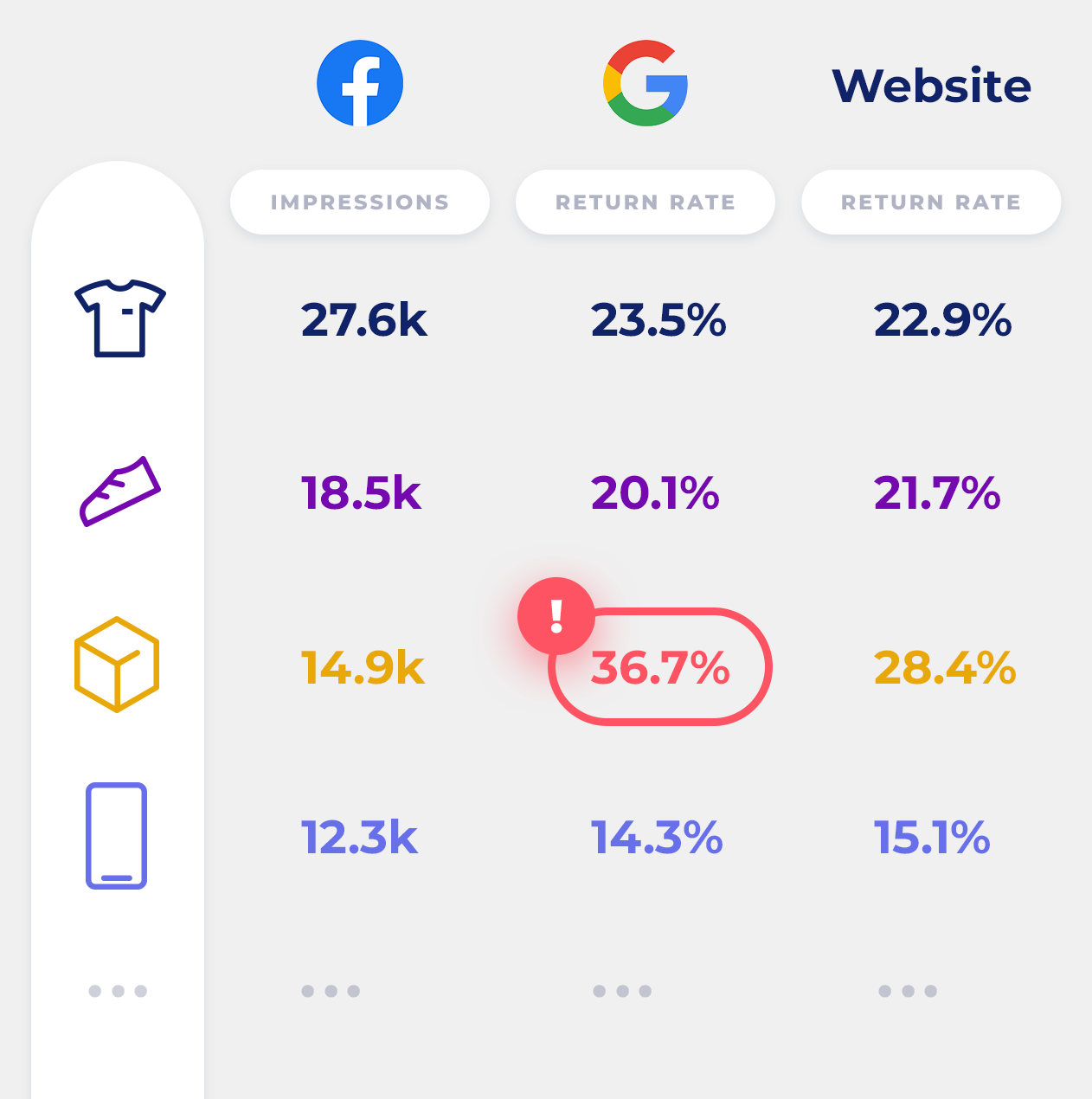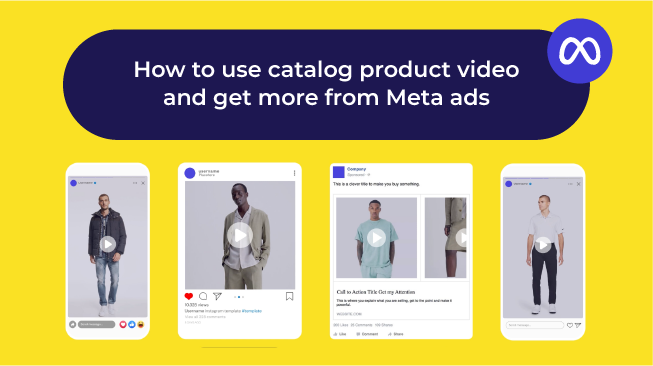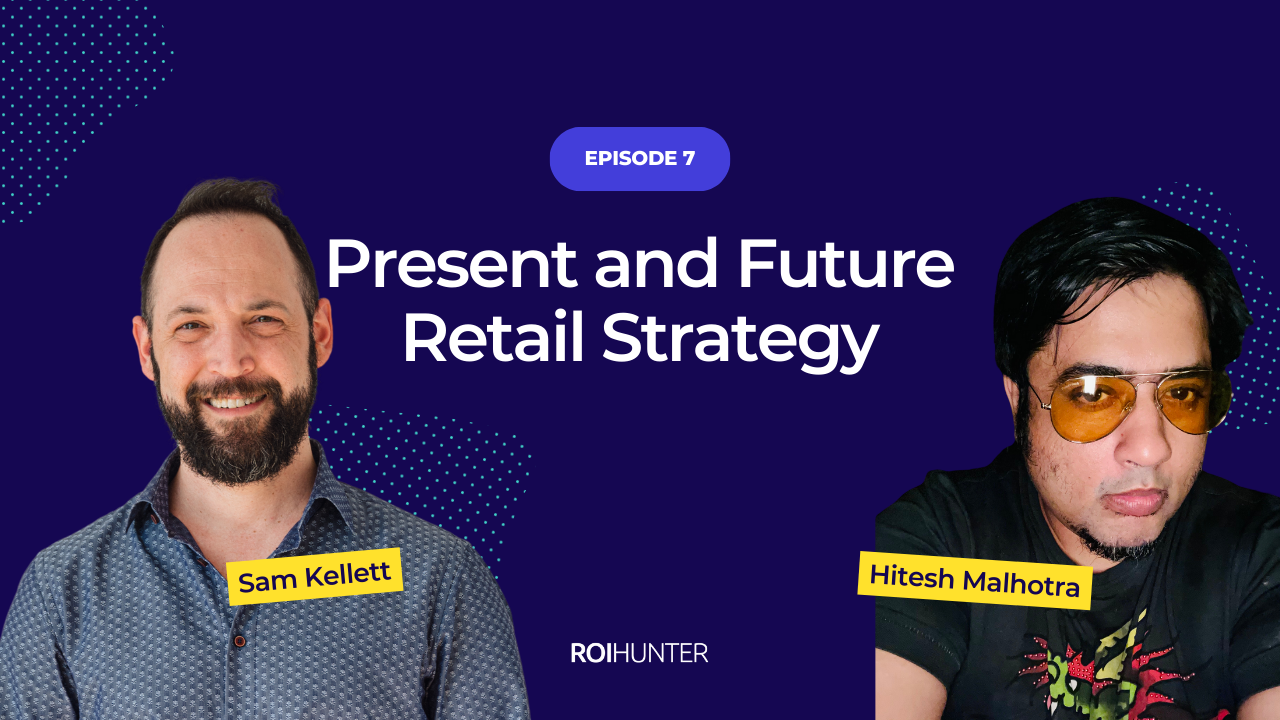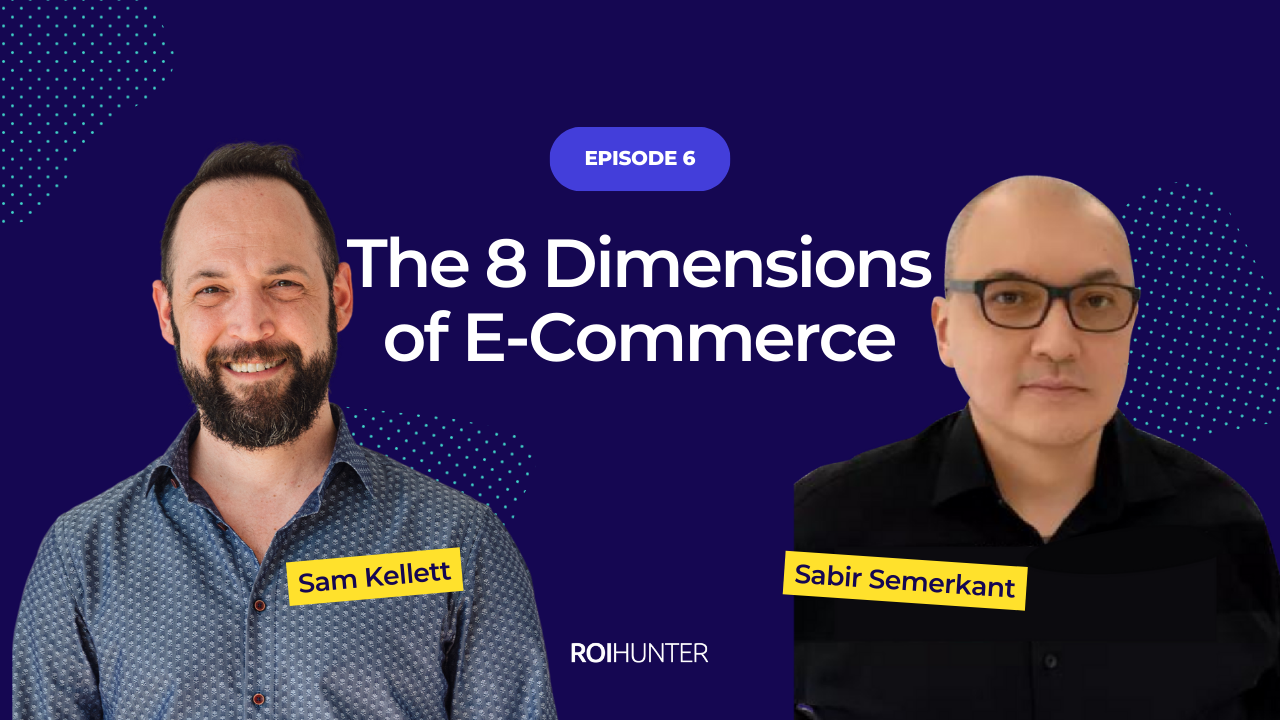Returns are a headache. Not only are they expensive, they make it more difficult to plan future budgets: you can try to predict return rates based on historical data, but you never really know for sure which items will come back and affect your numbers.
In this article:
Dropping Losers - the Dark Side of Profit
Removing Problematic Products
In-Store Amazon Return Centers
The Point of No Returns
With 89% of customers having made a return in the past three years, and 41% of customers buying multiple variations of a product, intending to return the versions they like less, returns have become major thorn in the side of e-commerce. Just look at popular fashion retailer Revolve, who made $499 million in sales in 2018- but spent $531 million dealing with the returns.
Here are three strategies to reduce the impact of returns - or even make a profit.
Dropping Losers - the Dark Side of Profit
Generally, losing customers is the last thing you want to do. But what if those customers return so many items, they’re actually costing you money?
Even worse, what if one of those customers spends so much that they’re recognized as a VIP, but they return too much of it for you to ever make a profit?
You can also add additional parameters beyond returns. Use this as an opportunity to put together a “break-up formula” for determining poor customers. Which customers spend the most time speaking with your customer service? Which customers will only make a purchase during promotions? Which customers, after all is said and done, bring you the least net profit?
Now, create a segment of the problematic customers (or several segments if you have a wide range). There are a few options:
- Set a limit on returns for this segment
- Stop offering free returns to this segment
- Stop targeting this segment with promotions
Start with lighter options, then become more stringent if there’s no improvement.
Removing Problematic Products
Just like creating a segment of customers with high returns, retailers can do the same with their products. First, create a segment of the products that are returned most often. E-commerce return rates range from 18-35%, with higher rates found in fashion. Each retailer will be different, so find the return rates for all your products, then create your segment from the product with the highest rate. Next, find which of those high return products have the lowest margins.

Now take a look at your problematic products. Before anything else, see if there are problems you can fix directly. A report from Narvar, “The State of Online Returns: A Global Study,” found that the top three reasons for returns were:
- The color, size, or fit was wrong
- The item was damaged, broken, or no longer functional
- The product wasn’t as depicted in its description or product photo
Check the photos and descriptions for your low-margin/high return items to make sure they’re robust and accurate. Try to find a reason why these items might be more susceptible to damage (is it where they’re stored?), and investigate to make sure the right colors/sizes of these products are going out. Make note of any problems you find before you try to fix them, to help recognize problems in the future.
Next, use your segment of low-performing products to influence the algorithms used by Facebook and Google, setting them to not promote products with high return rates and low margins.
Once all your bases are covered, see if the profitability for these products has improved. If not, it’s time to reduce promotions on these items, or maybe even phase them out entirely. This e-book goes into more detail about product data collection and segmentation, and how to create profitable strategies that run automatically.
In-Store Amazon Return Centers
It’s no secret that Amazon is dominant in e-commerce. In 2017, Kohl’s started a program to profit off Amazon’s success: they set up “Amazon Return Centers” in select brick-and-mortar locations to entice new customers into their stores. Initial tests showed a 9% increase in new customers for locations with the return centers, compared to a 1% increase in those that didn’t; a result that prompted Kohl’s to roll-out the plan all across the US.
Companies that deal in both e-commerce and brick-and-mortar can copy this success, either directly through Amazon, or with return centers for their own products. Narvar’s report found that 22% of customers making returns in-store ended up buying items they weren’t planning to get.
The Point of No Returns
We will never reach a point where returns will stop happening. If anything, the renewed importance of creating a positive customer experience will lead to even more “free delivery” and “free returns” options than before. This leads to new problems, but new solutions as well.
San Francisco-based start-up, Returnly, is an example of innovation in the field, offering to handle the return process for retailers, as well as giving customers store credit for their items as soon as they decide they want to return them. DHL also offers return services for e-commerce businesses, with over 50,000 service points worldwide to collect or send packages.
Outside of hiring a 3rd party service, the biggest impact you can make is to prevent the returns from happening in the first place, and that starts in marketing. ROI Hunter's Product Performance Management (PPM) platform addresses this issue: it decreases return rates by providing the product-level performance data needed to understand returns, and ensure companies aren’t wasting their resources promoting the wrong products.



